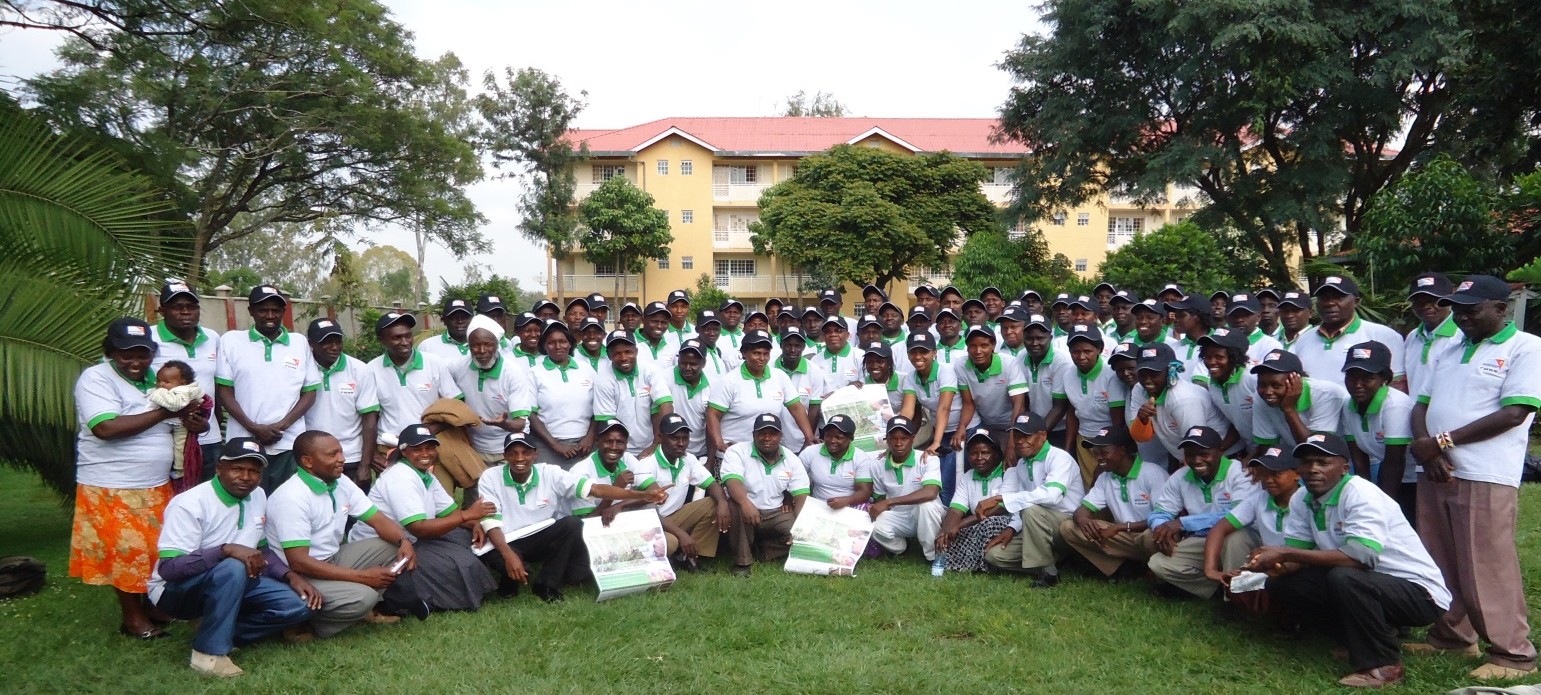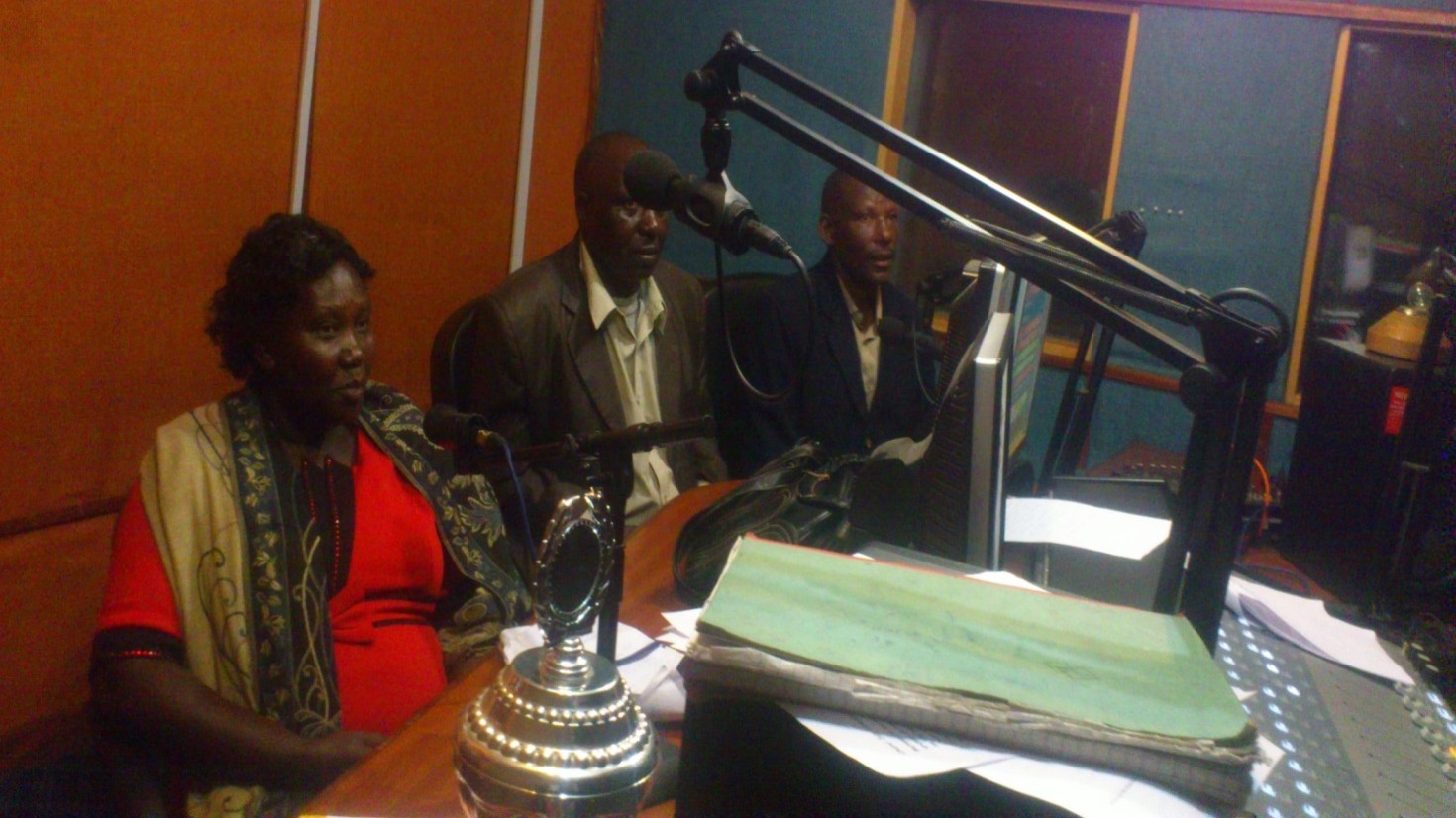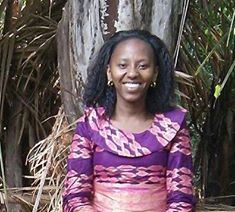
FMNR movement becoming a reality in Kiambogoko community
April 15, 2014
The effect of climate change is a reality for the Kiambogoko community, in the Central Rift Valley, Kenya. There is growing evidence pointing at the regional increase in frequency and intensity of drought’s periods, along with an overall decline of rainfall levels. Disputes over access to fresh water and grazing land, as well as the worsening conditions for the production of crops, have become a persistent and regular reality in pastoralists and farmers’ lives. Farmers depend on subsistence rain-fed crop farming and have experienced reduced crop yields over the years. As a consequence, reliable access to food has been increasingly put at risk. Change in rainfall patterns has forced some community members to migrate, relocating to regions that could offer more abundant pasture areas for their livestock. The rapid rate of deforestation in the region is largely due to the high demand for charcoal and firewood and has impacted negatively on livelihoods of the people in the community. Women and children represent the most vulnerable members of the community and have been greatly affected by this process. They often have to walk very long distances to collect firewood for their households. Climate change has exacerbated these problems, as the community heavily depends on the natural resources of the surrounding environment to meet its basic needs. This is especially evident when extreme events such as floods and droughts hit the region. The situation is serious, but certainly not hopeless!
FMNR has restored hope in the Kiambogoko community by providing a simple technique to increase the vegetation cover at low cost. The benefits from its adoption are beyond expectations. FMNR encourages natural tree re-growth by selecting, pruning and protecting naturally regenerating trees, and it relies on living rootstock to produce an extremely rapid regrowth. The approach proved to have great potential in restoring the tree cover. The flexibility of this method, which can be easily adapted to the specific contexts and needs of each individual farmer, made it particularly popular within the Kiambogoko community. Soon enough, women and children found that firewood was readily available on their farmland. Fodder for the animals became abundant and several farmers reported an increase in milk production. The community embraced the concept as a cheap and affordable solution to sustainably increase income and food production. But there is more to it.

Under the lead of twenty FMNR extension agents – volunteer farmers chosen by the community – FMNR is spreading beyond borders. The agents have been instrumental in spreading natural regeneration methods through farmer to farmer training, on-site demonstrations and awareness meetings. Throught the establishment of an FMNR Committee, the extension agents have negotiated with the Community Forest Association (CFA) and Kenya Forest Service (KFS) the destination of 40 acres of land in Eburu Forest to FMNR practice. This is only the first step of an advocacy campaign that aims at gaining support from the national government to adopt FMNR in other government managed forests.

The agents have also set up a Learning Centre where they demonstrate the practice to other farmers. Support from local government has been crucial in aiding the agents with their work and in encouraging other farmers to learn about FMNR. These achievements represent a solid base to continue scaling up these activities within the region long after the termination of the funded project. The younger generations have been a guiding element of all farmers work. “We want our children to grow up with FMNR in mind” said Mr Kinyua, FMNR Committee member. Through training of head teachers, some schools have established FMNR demonstration sites. Schools benefit from the community’s trust and act as hubs of information and dissemination: this has contributed to increasing awareness among community members.
As a result of the integration with the local government structures, some public sites, especially around water points, have been set aside as FMNR sites. Specific laws are being formulated to govern the protection and the utilization of these sites. This Kiambogoko community experience demonstrates the importance for local communities to be fully involved in the management of natural resources interventions that prove successful. Communities’ empowerment is a funding element of the FMNR movement, and one that can ensure rapid progress towards improved livelihoods and resilience to climate change.

Caroline Njiru is Project Officer for Farmer Managed Natural Regeneration at World Vision Kenya. She works with communities, project staff and government to promote the FMNR movement in Wema, Kiambogoko and Mogotio districts, in the Central Rift Valley.
